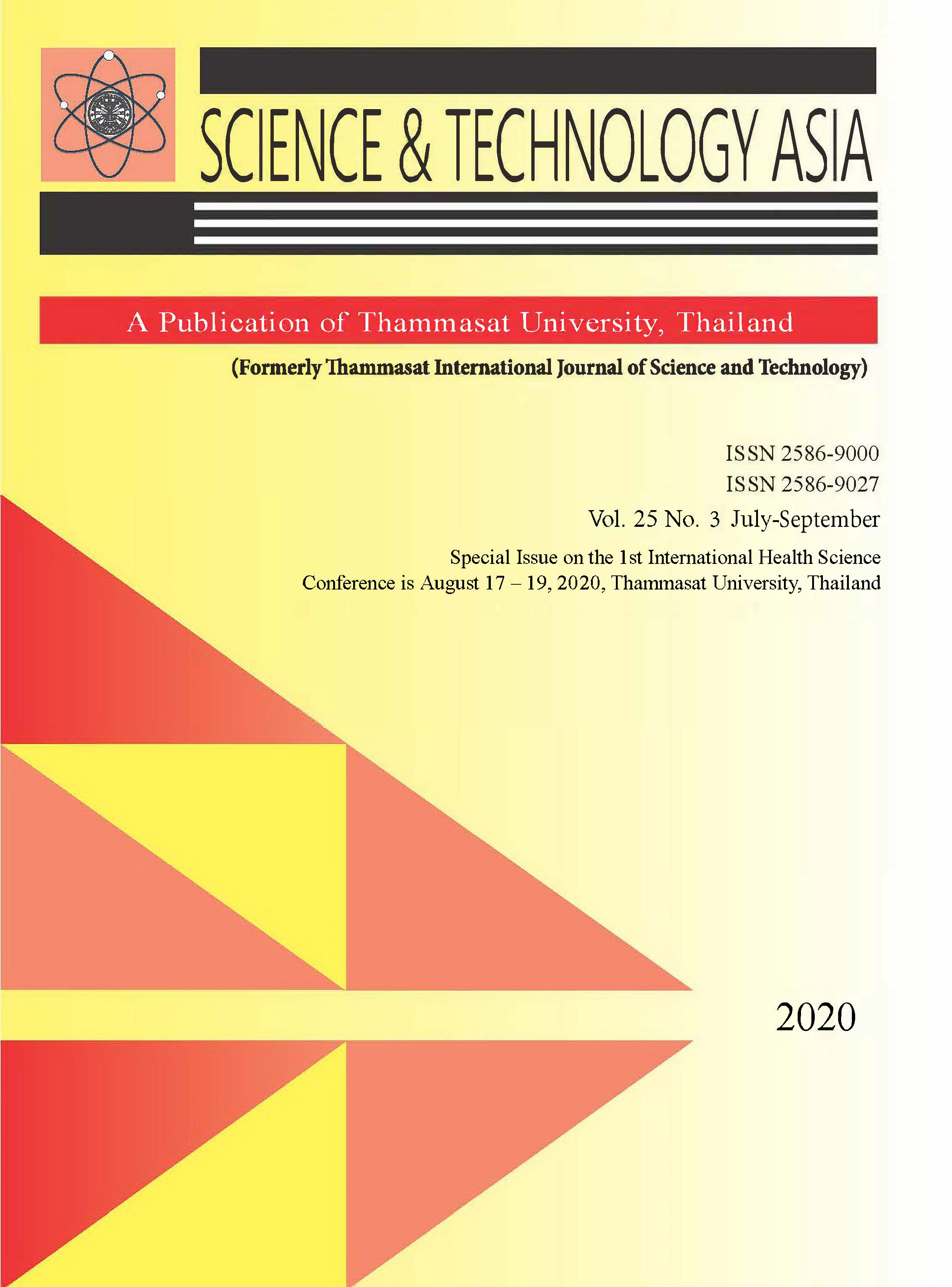Does Weight Loss Predict Hyperbilirubinemia Requiring Readmission for Phototherapy in Term Infants?
Main Article Content
บทคัดย่อ
Encouraging exclusive breast-feeding after delivery is recommended, but infants may have subpar breastmilk intake and then present with initial weight loss. Neonatal hyperbilirubinemia is a frequent complication from inadequate breast-feeding, developing in the first week of life and very often requiring a readmission for phototherapy. We looked at the correlation between bodyweight loss (BWL) during the first two days after birth in term infants with hyperbilirubinemia requiring a readmission for phototherapy. Term infants born between June 1st, 2018 and April 19th, 2019 were enrolled in this prospective cohort study. Baseline characteristics and percentage of BWL during the first two days of life were analyzed. The optimal BWL cutoff was calculated using receiver operating characteristic curves to predict possibilities of hyperbilirubinemia requiring readmission. With a total of 2,841 infants, 115 (3.8%) with hyperbilirubinemia were readmitted for phototherapy, leaving 2,726 in the non-hyperbilirubinemia group. The number of exclusively breast-feeding infants was not different (67%) between the two sets. Two days after birth, infants with hyperbilirubinemia had statistically significant higher BWL percentages than those without (mean ± SD: 6.0 ± 2% and 5.4 ± 2%, respectively, p < 0.01). The appropriate cutoff BWL percentage was likely to be ≥ 5% on the first two days after birth (sensitivity: 79.82%, specificity: 38.85%, positive likelihood ratio: 1.31, and negative likelihood ratio: 0.52). BWL during hospitalization was associated with readmission for phototherapy in term infants. Infants losing weight, especially ≥ 5% in the first 2 days of life, need follow-up.


